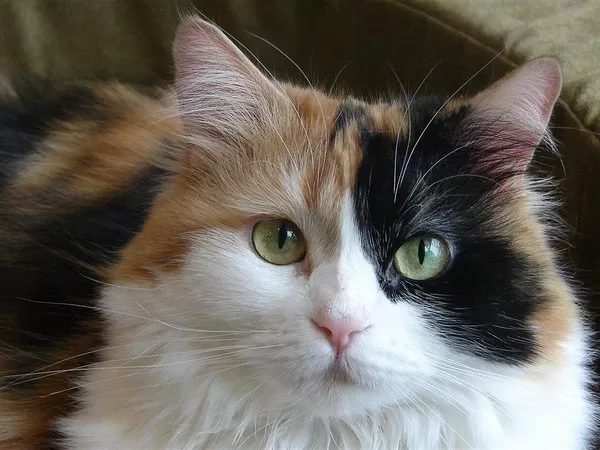The British Shorthair cat, known for its distinctive appearance and amiable temperament, has become a popular choice among cat enthusiasts. Breeding these feline companions requires careful consideration of various factors, including the duration of the breeding process, the ideal number of litters, and the essential care required for both the breeding pair and their offspring.
The British Shorthair Cat’s Distinctive Traits:
Before delving into the breeding specifics, it’s essential to appreciate the unique characteristics of the British Shorthair cat. Renowned for its round face, dense coat, and large, expressive eyes, the British Shorthair is a breed with a rich history and a royal charm. These cats come in a variety of colors and patterns, making them an attractive choice for those looking to expand their feline family.
See Also: How to breed british shorthair cats?
Breeding Duration:
The breeding duration of British Shorthair cats can vary, but it typically spans from the onset of the female’s first heat cycle, around six to nine months of age, until she reaches maturity, which is usually around two years old. Breeders need to be patient during this period, allowing the cats to reach physical and emotional maturity before attempting to pair them for breeding.
Ideal Number of Litters:
Responsible breeding practices dictate a careful consideration of the number of litters a British Shorthair cat should have. While the breed is known for its robust health, it’s essential to prioritize the well-being of the feline parents. Generally, experts recommend limiting the number of litters to two per year per breeding pair to ensure both the male and female cats maintain optimal health and vitality.
Mating Process:
The mating process of British Shorthair cats involves introducing a female in heat to a suitable male. Careful observation of their behavior is crucial during this period, as successful mating often involves specific cues and rituals. It’s advisable to consult with a veterinarian to ensure the health and compatibility of the breeding pair, minimizing the risk of complications during and after mating.
Gestation and Birth:
Once successfully mated, the gestation period for a British Shorthair cat is approximately 63 to 68 days. Adequate prenatal care is essential during this time, including a balanced diet and regular veterinary check-ups. British Shorthair cats typically give birth to litters ranging from four to six kittens. Breeders should provide a comfortable and safe environment for the mother and her offspring, facilitating proper bonding and care.
Early Kitten Care:
British Shorthair kittens require meticulous care in their early days. Proper nutrition, warmth, and regular veterinary check-ups are crucial for their healthy development. Additionally, breeders should pay attention to socializing the kittens, exposing them to various stimuli to ensure they grow into well-adjusted and sociable cats.
Weaning and Independence:
As the kittens grow, the weaning process begins around four to five weeks of age. Introducing solid food gradually is essential, and by the eighth week, most British Shorthair kittens are ready to be separated from their mother and placed in their new homes. Providing guidance to new owners on continuing proper care is vital for the kittens’ ongoing well-being.
Health Screening and Genetic Considerations:
Responsible breeding involves health screening and consideration of potential genetic issues within the breed. Regular veterinary check-ups, genetic testing, and screening for common health conditions are essential components of ensuring the British Shorthair cat’s overall well-being. Breeders should prioritize the health of their breeding pairs to contribute positively to the breed’s genetic pool.
Maintaining Breed Standards:
Preserving the distinct characteristics of the British Shorthair breed is a fundamental aspect of responsible breeding. Breeders should stay informed about breed standards, actively participating in cat shows and seeking guidance from experienced mentors in the breeding community. This commitment to maintaining the breed’s integrity contributes to the continued popularity and admiration for British Shorthair cats.
Conclusion:
Breeding British Shorthair cats is a rewarding endeavor that requires dedication, knowledge, and a genuine love for the breed. By understanding the duration of the breeding process, determining the ideal number of litters, and providing meticulous care, breeders can contribute to the well-being and perpetuation of this beloved feline companion. Responsible breeding practices not only ensure the health and happiness of individual cats but also contribute to the overall betterment of the British Shorthair breed.
Related Topics:
Expert Advice: Here’s How You Can Care for a British Shorthair
British Shorthair Cats and Breathing: Facts or Myths
Nurturing British Shorthair Kittens: A Feeding Guideline
























